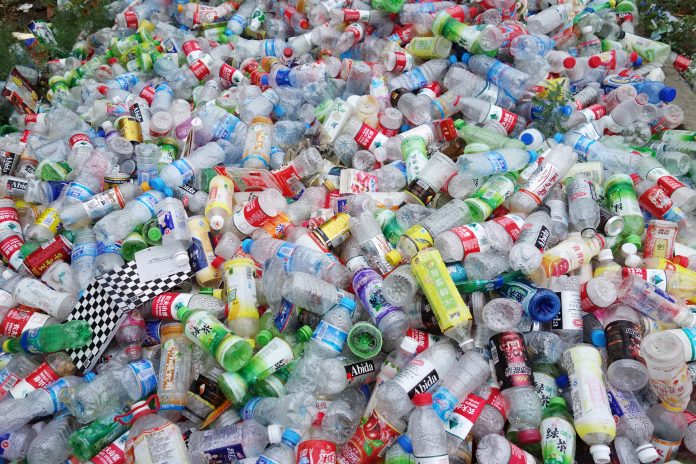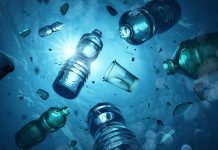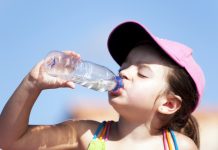New research has unveiled the quantity of microplastics in water that are consumed by humans on a monthly basis
A Washington State University research team has found that nanoscale particles of the most commonly used plastics tend to move through the water supply, especially in fresh water, or settle out in wastewater treatment plants, where they end up as sludge, in landfills, and often as fertiliser.
Neither scenario is good.
Microplastics in water: The stats
Plastics are synthetic carbon-based chains (polymers) composed of smaller repeating units (monomers), which often contain additives that influence durability and rigidity. One of the major challenges in characterising the toxicity of microplastics is that their physical and chemical characteristics are extremely diverse. In terms of size, microplastics span at least seven orders of magnitude, from 5mm down to a nanometre. Their shape varies from perfect spheres to jagged shards and fibres.
“We are drinking lots of plastics,” said Indranil Chowdhury, an assistant professor in WSU’s Department of Civil and Environmental Engineering, who led the research. “We are drinking almost a few grams of plastics every month or so. That is concerning because you don’t know what will happen after 20 years.”
The researchers, including graduate students, Mehanz Shams and Iftaykhairul Alam, examined what happens to tiny, nanoscale plastics that are making their way into the aquatic environment. They have published their work in the high-impact journal, Water Research.
more than 90% of tap water in the U.S. contains nanoscale plastics
It’s estimated that every day about eight trillion pieces of microplastics go through wastewater treatment plants and end up in the aquatic environment.
These little bits of plastic can come from the degradation of larger plastics or from microbeads that are used in personal care products.
A recent study showed that more than 90% of tap water in the U.S. contains nanoscale plastics that are invisible to the human eye, Chowdury said.
What did the study focus on?
In their study, the researchers studied the fate of nanoparticles of polyethylene and polystyrene, which are used in a huge number of products, including plastic bags, personal care products, kitchen appliances, disposable drinking cups and packaging material. They examined how the tiny plastic particles behaved under various chemistries, ranging from salty seawater to water containing organic material.
“We’re looking at this more in a fundamental way,” Chowdury said. “Why are they becoming stable and remaining in the water? Once they’re in different types of water, what makes these plastics remain suspended in the environment?”
The researchers found that while acidity of water has little impact on what happens to nanoscale plastics, salt and natural organic matter are important in determining how the plastics move or settle. What is clear is that tiny plastics are staying in the environment with unknown health and environmental consequences, he said.
What research will the team do next?
“Our drinking water plants are not sufficient at removing these micro and nanoscale plastics,” he said. “We’re finding these plastics in the drinking water but we don’t know why.”
Chowdury and his team are now studying techniques for removing the plastics from water and have recently received a grant from the State of Washington Water Research Center for that work.
In the meantime, he encourages people to lessen the impact of nanoscale plastics by reducing their use of single-use plastics.
“Reuse plastics as much as possible,” he said.
Editor's Recommended Articles
-
Must Read >> 50 NGOs call on EU leaders to protect the ocean














